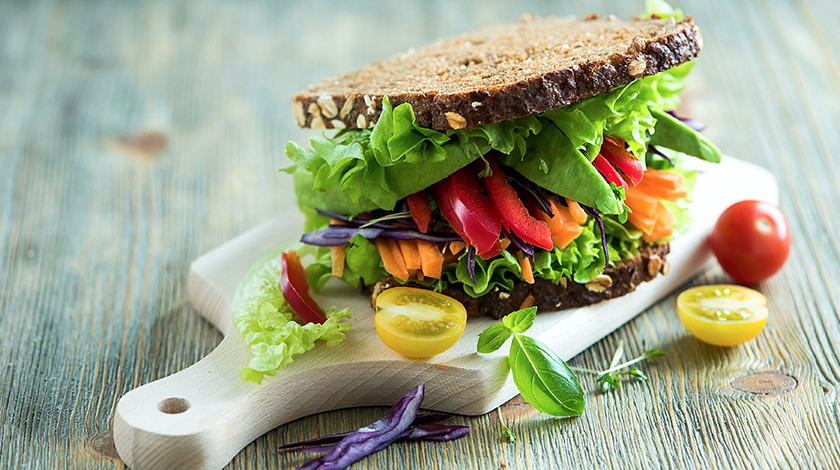As much as it is hard to fathom, what we choose to eat could be hurting the Earth. Food production contributes more to global warming than all cars, trucks, airplanes and trains combined. It is also the main reason behind water degradation, deforestation and desertification.1 What we choose to eat determines how much carbon footprint we leave. A low carbon diet means a diet that emits less greenhouse gases.2 It can be achieved through these principles.

Local
Choose local products so as to minimize transport and emissions.
Organic
Pick organic food wherever possible. Organic farming emits ⅔ less carbon dioxide compared to industrial farming.2
Vegetarian
Consume more vegetable and less meat. Livestock farming is accountable for close to 15% of greenhouse gas emissions worldwide.3
Energy-Saving
Cook with energy-efficient methods. Stove-top simmering is a good way to save energy.
Reduce
Avoid wasting food, use reusable utensils, and reduce packaging.
Seasonal
Consume seasonal fruits and vegetables wherever possible to minimize energy use for transporting them from elsewhere.
This Lettuce Pockets recipe is an ideal low carbon dish.4 Remember to source local ingredients, organic ingredients are even better!
Ingredients
- 10 lettuce leaves
- 1 leek
- 2 tomatoes
- 1 purple cabbage
- 3 carrots
- 2 boiled eggs
Salad Dressing Ingredients
- 3 teaspoon rosemary-infused vinegar
- 4 teaspoon olive oil
- Chives
- Salt and sugar
Steps
- Put lettuce leaves aside. Dice up all other vegetables.
- Blend ingredients for salad dressing.
- Serve vegetables and salad dressing on lettuce leaves.
Our food choices can help fight climate change and save the environment. Let us do our part and eat responsibly.
Sources
- https://www.eatresponsibly.eu/en/i-learn/why-our-food-habits-matter
- https://www.ecowatch.com/how-to-eat-a-low-carbon-diet-1882079752.html
- https://www.theguardian.com/commentisfree/2017/nov/07/big-meat-big-dairy-carbon-emmissions-exxon-mobil
- http://www.lowcarbonliving.hk/upload/LowCarbonatHome/LowCarbonRecipe/LOHAS-Recipe_Jan.pdf

